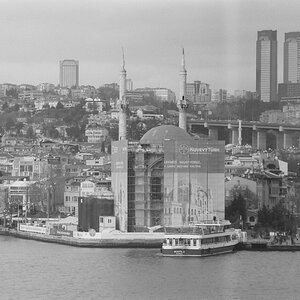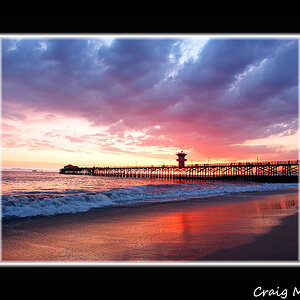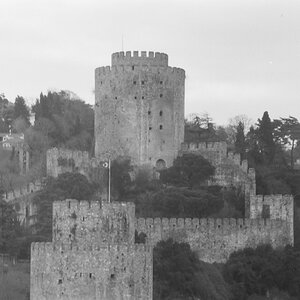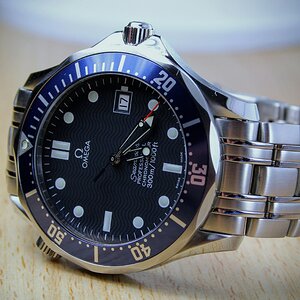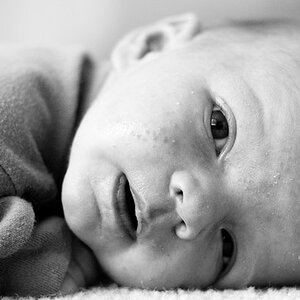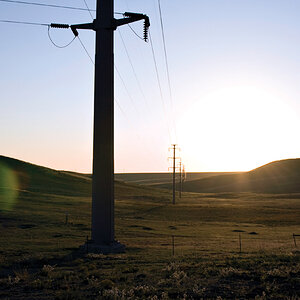Lpsouth1978
TPF Noob!
- Joined
- Feb 19, 2016
- Messages
- 24
- Reaction score
- 5
- Location
- Aurora, CO
- Can others edit my Photos
- Photos NOT OK to edit
Hello all, I am brand new to photography and just received my first camera today. A Nikon D5500. I played around with the camera a little today and took a few shots that I think look pretty good. I have been reading all about the basics of composition, aperture, shutter speed, etc.
My main goal it to be able to take great macro shots of my reef tank, though I hope to learn as much about portrait and landscape photography as I can. Getting good shots of the aquarium is proving to be a bit of a challenge, as the lighting is very blue and makes setting the white balance very difficult. I am actually pretty happy with the photos that I posted below. I will also post a few later that I was not as happy with and see what advice you all have to improve them.
Anyway, here are a few shots for your honest opinions.
1. Nikkor 50mm lens, f/1.4, 1/200 sec, ISO 100, Aperture priority mode

2. Nikkor 50mm lens, f/1.4, 1/30 sec, ISO 100, Aperture priority mode

Now for the Macro shots of a few of my corals.
3. Nikkor 105mm Macro lens, f/4.5, 1/60 sec, ISO 100, Aperture priority mode

4. Nikkor 105mm Macro lens, f/4.2, 1/160 sec, ISO 100, Aperture priority mode

5. Nikkor 105mm Macro lens, f/4, 1/250 sec, ISO 100, Aperture priority mode.

Please be honest and let me know what could be done to make them even better.
My main goal it to be able to take great macro shots of my reef tank, though I hope to learn as much about portrait and landscape photography as I can. Getting good shots of the aquarium is proving to be a bit of a challenge, as the lighting is very blue and makes setting the white balance very difficult. I am actually pretty happy with the photos that I posted below. I will also post a few later that I was not as happy with and see what advice you all have to improve them.
Anyway, here are a few shots for your honest opinions.
1. Nikkor 50mm lens, f/1.4, 1/200 sec, ISO 100, Aperture priority mode

2. Nikkor 50mm lens, f/1.4, 1/30 sec, ISO 100, Aperture priority mode

Now for the Macro shots of a few of my corals.
3. Nikkor 105mm Macro lens, f/4.5, 1/60 sec, ISO 100, Aperture priority mode

4. Nikkor 105mm Macro lens, f/4.2, 1/160 sec, ISO 100, Aperture priority mode

5. Nikkor 105mm Macro lens, f/4, 1/250 sec, ISO 100, Aperture priority mode.

Please be honest and let me know what could be done to make them even better.























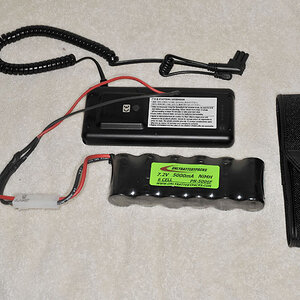
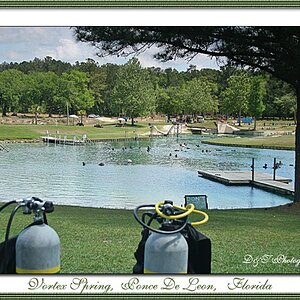
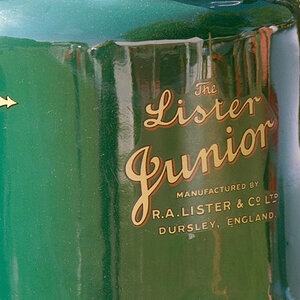
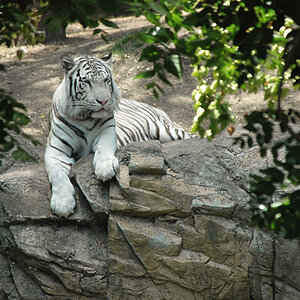
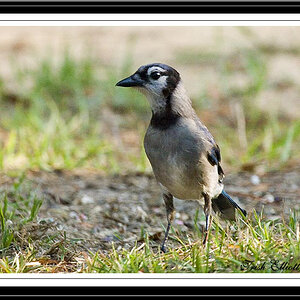
![[No title]](/data/xfmg/thumbnail/34/34083-76406a409bc520ead3cc11af09ebd257.jpg?1619736269)
